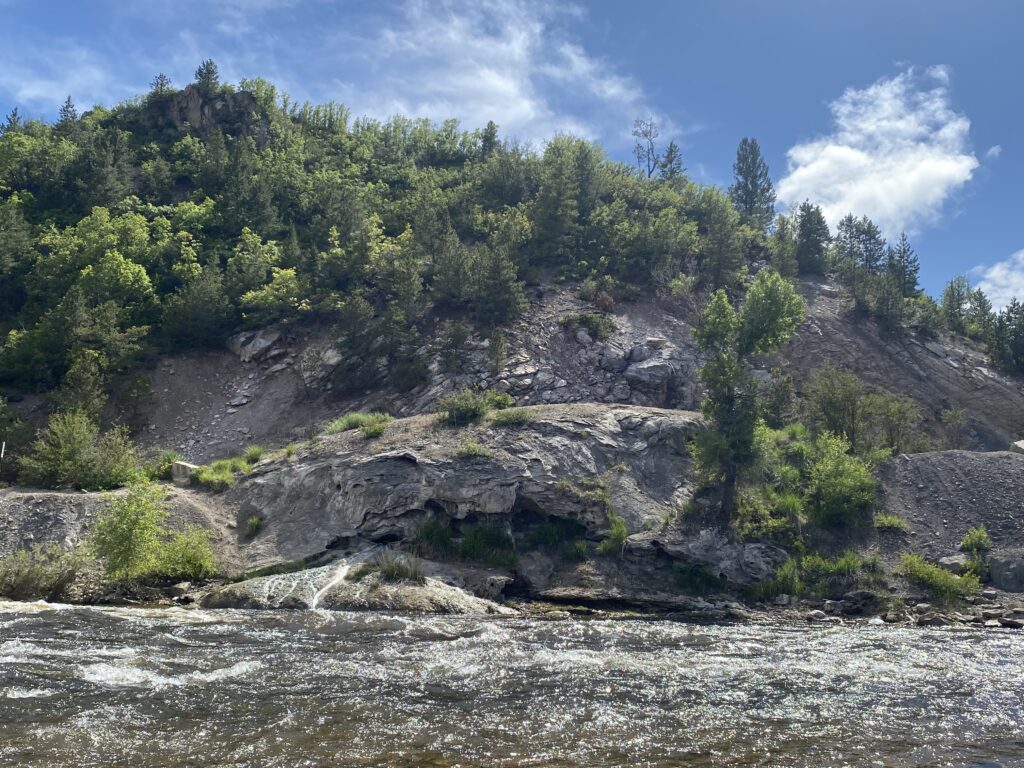As the summer season unfolds, the Yampa River, a cherished waterway in Steamboat Springs, is facing the consequences of increasing temperatures. The warmer weather has resulted in rising water temperatures and declining flow rates, prompting concerns about the river’s ecological well-being and recreational activities. In this blog post, we will explore the recent changes in the Yampa River and the potential implications they may have.
Over the course of the past week, the Yampa River has experienced the effects of soaring temperatures. After the heavy snowfall from the previous winter melted, the river reached a peak flow rate of 700 cubic feet per second on June 28. However, this flow rate has dramatically dwindled, as recorded at 241 cfs on July 11, representing a significant 62% decrease over a mere two-week period. Concurrently, water temperatures have steadily increased, starting at 62 degrees Fahrenheit on June 28 and reaching a peak of 70 degrees on July 10.
The changes in flow rates and water temperatures have direct consequences for commercial activities on the river, including tubing and fishing. According to regulations, if the Yampa River experiences continuous conditions such as a flow rate below 85 cfs, sustained temperatures above 75 degrees, or oxygen levels below 6 parts per million for a 48-hour period, these recreational activities are temporarily halted. The monitoring of these parameters is conducted by the United States Geological Survey station at the Fifth Street Bridge in Steamboat Springs.
While it remains too early to predict the possibility of closures this year, it’s important to note that the Yampa River faced official closure on July 18 last year. The decision to close the river was prompted by multiple days of water temperatures exceeding the critical threshold of 75 degrees, as recorded by the USGS. These closures aim to protect the river’s ecosystem and maintain a safe environment for both wildlife and visitors.
As summer unfolds, the Yampa River is grappling with the consequences of rising temperatures. The diminishing flow rates and increasing water temperatures pose challenges not only to the river’s ecological balance but also to the recreational activities that rely on its vitality. Close monitoring of flow rates, temperatures, and oxygen levels will be crucial in determining the need for potential closures to safeguard the Yampa River’s well-being. It is vital for us as a community to stay informed and support measures that preserve this precious natural resource for future generations.
